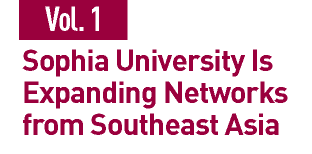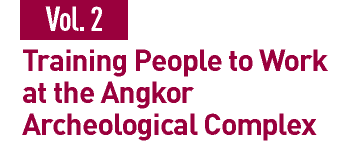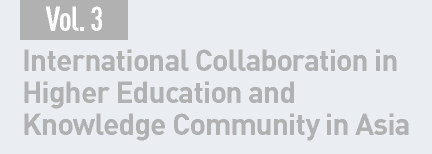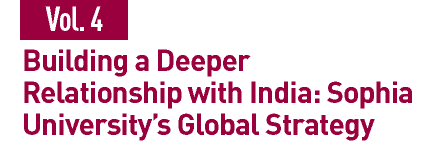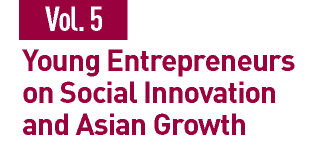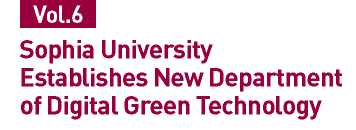Three prominent figures in international higher education engaged in an illuminating discussion of issues in their field at Nikkei’s 2024 Future of Asia conference. The three were Professor Andrew J. Deeks, the president of the International Association of Universities (IAU) and the vice chancellor and president of Australia's Murdoch University; Romyen Kosaikanont, the centre director of the Southeast Asian Ministers of Education Organization Regional Centre for Higher Education and Development (SEAMEO RIHED); and Miki Sugimura, a professor of Comparative and International Education and the UNESCO Chairholder on Education for Human Dignity, Peace and Sustainability at Japan’s Sophia University. Their discussion took place on May 23, the first day of the conference, and the Nikkei’s Daisuke Hatori moderated the exchange.
THE FUTURE OF ASIA
Common Space for harmonizing educational systems

Romyen Kosaikanont
Centre Director, Southeast Asian Ministers of Education Organization Regional Centre for Higher Education and Development
Hatori prefaced the discussion by noting an important aspect of the subject at hand. “Southeast Asian nations long figured in international exchange in higher education primarily as sources of students for universities in Europe, the United States, and Japan. Recently, they are attracting a growing number of students from abroad who come to study at their universities. They are becoming hubs of international student mobility.” Hatori invited Dr. Romyen to kick things off with her perspective on the status of and outlook for cooperation among Southeast Asian nations and between those nations and nations outside the region in higher education.
“Our center serves the 10 nations of ASEAN and Timor Leste,” Dr. Romyen explained. “We harmonize higher education and academic research in the region. In that spirit, we have been working to create a common space for higher education in Southeast Asia. Quality human resources are a crucial condition for attracting investment and achieving the other shared goals of Southeast Asian nations. The Common Space is about harmonizing higher education systems in those nations with an eye to fulfilling that condition.”
She continued, noting that “The diversity among the Southeast Asian nations is a daunting obstacle in striving to harmonize our higher education systems and to maximize the quality of their education and research. Please note, for example, that the population of university students in these nations can range from as few as 20,000 to as many as 9 million.”
THE FUTURE OF ASIA
The future as a future together
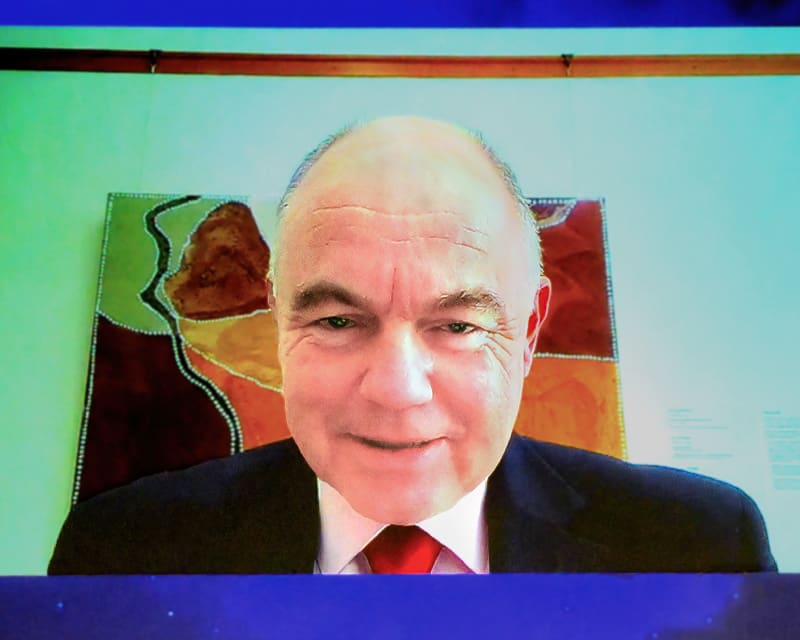
Andrew J. Deeks (online)
President, International Association of Universities,
Vice Chancellor and President, Murdoch University
Professor Deeks, who participated in the discussion online from Australia, described an East-West imbalance in supply and demand for higher education. “The demand for higher education from the ‘global south’ is strengthening. But at the same time, we’re seeing an interesting trend in the West, where domestic demand for higher education is softening. That is occurring as trust in institutions of all kinds, including universities, declines amid the rise of populism and nationalism.
"So we have an imbalance between the West and, on the other hand, Asia, where people are becoming more affluent and able to afford higher education. Meanwhile, financial models are taking shape in Asian nations that enable students to undertake study at foreign universities.”
Professor Deeks added that globalization in higher education mirrors trends in industry and trade. “We can never go back to a situation where each nation is able to satisfy all its demand locally. The world has moved on. Some politicians in some nations are trying to push the clock back, but governments need to recognize that that is not going to happen, that we are all connected, and that the future is a future together.”
THE FUTURE OF ASIA
The enduring value of in-person learning
Professor Deeks concluded with an interesting observation about what has and hasn’t happened in the realm of online learning. “Nothing beats the personal experience. I think back a decade or so, when many people thought massive online courses would be the end of the traditional university. Rather than spending large amounts of money and a long time to do degrees, people would be able to sign up for these massive online courses and potentially get university degrees at much less cost and in a shorter period of time. But although many people signed up for these online courses, they didn’t complete them.
“There is something about being together in a group that is helpful in moving people through programs of study. The development of interpersonal skills that occurs outside the formal curricula is something that cannot be replaced by virtual experience. On the other hand, it’s possible to complement what’s done in the traditional face-to-face mode and in classes with a degree of online presence, just as I’m able to talk to you today through this online connection. By combining real and virtual elements in the appropriate way for the situation and the experience of different students, we can get an enhanced learning experience for everyone.”


